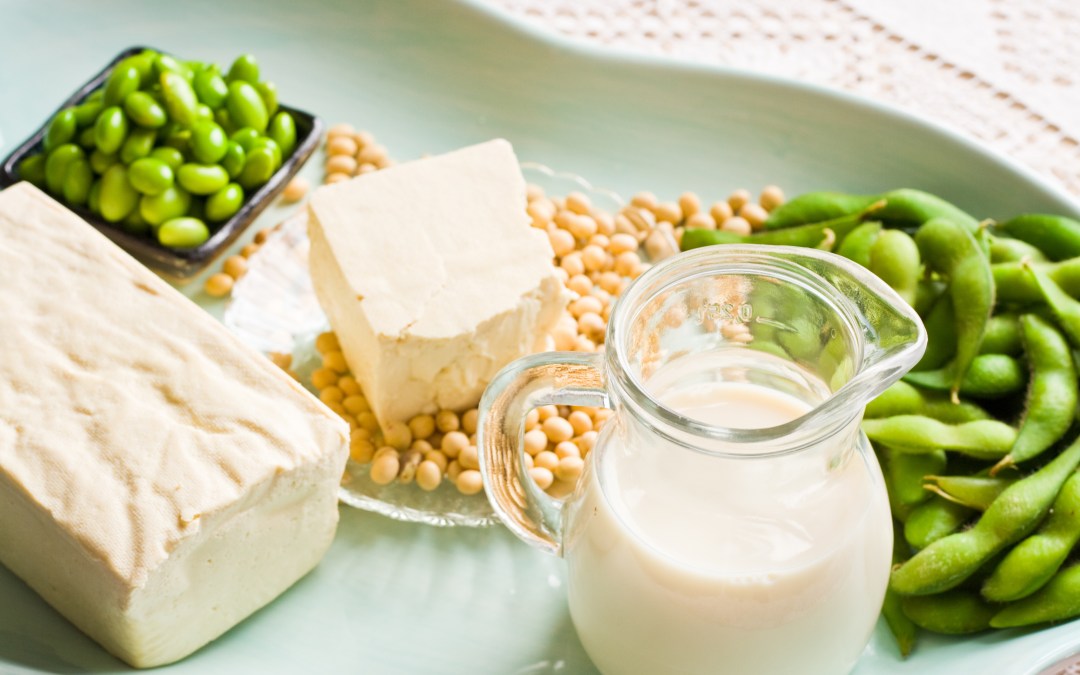Soy: the pros and cons
As the soya debate rages on, Nutrition Editor Eve Kalinik clears up the pros and cons of this surprisingly nutritious and natural food

There is no doubt that soya is a highly controversial food – but, like many aspects of nutrition, it is rarely that straightforward. When we look at any food, we almost always have to consider the ancestral history to get a true and meaningful understanding of how it has always been consumed, and this is most certainly the case with soya.
Traditionally, a soya-based food, such as tofu, is served in small amounts and combined with other foods to make it more easily digestible. Moreover, in its original East Asian cuisine, the beans are usually fermented to create foods like tempeh, soy sauce, natto and miso, and soya is typically eaten in its fermented form.
Why? Well, these guys understood that soya in its natural state, just like other legumes, contain substances, such as enzyme inhibitors and phytic acid, that can make it difficult to digest and also impair the uptake of certain nutrients. However, when soya is fermented, this largely negates or removes these substances, releasing all of its bountiful nutrition. The problem is that so much of the commercial soya we see in our supermarkets is highly processed without these traditional methods.
Plus, the sheer volume of huge lattes, its liberal addition to cereals and the fact that soya crops up in so many other foods, such as salad dressings and chocolate, often in the form of lecithin, means we are eating way more than we think, and that’s never how it was meant to be consumed.
The other issue with having very large concentrations of soya is that it has natural phyto-estrogenic properties, and can mimic the effects of oestrogen. That’s before we get into the environmental impact and the effect producing all these soya products has on our planet.
However, with that being said, eaten in its traditional and fermented form, soya provides an excellent source of protein, calcium, iron, magnesium and natural probiotics; it’s all about enjoying its distinct umami flavour and nutritional benefits as part of a diverse and varied diet.
My soya top picks
Miso Tasty Miso Paste – Organic, unpasteurised miso paste that has been fermented, and is also brimming with natural probiotics (misotasty.com).
Clean Bean Tofu – Organic, non-GMO tofu that has been produced the traditional way (cleanbean.co.uk).
Impulse Tempeh – Organic, fermented soy beans that are a great way to extend your meat-free repertoire (impulsefoods.co.uk).
Clear Spring Tamari Soya Sauce – A rich, flavoursome soya sauce, slowly aged in cedarwood kegs to give it its authentic taste (clearspring.co.uk).
Read more from Eve Kalinik at evekalinik.com and follow her @evekalinik
Photograph: iStock








